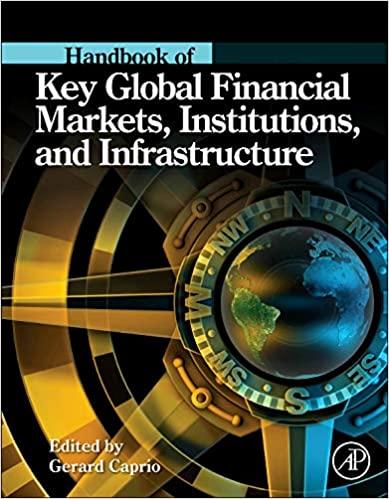Question
Write a critique of Rappaport's 2006 cover story Ten Ways to Create Shareholder Value, linked in the Resources under the Required Resources heading. Note that
Write a critique of Rappaport's 2006 cover story "Ten Ways to Create Shareholder Value," linked in the Resources under the Required Resources heading.
Note that a critique is not just a summary or opinionit requires a formal analysis and critical review. Your critique should address what the author is saying and what arguments are being made. Be sure to examine whether the author's arguments are supported with facts or data. Address what implications the article may have. Consider what the author has omitted from the article.
In your analysis, address the following points:
Analyze the validity of finance and value creation arguments.
What are the facts and data upon which those arguments rest?
How do these facts validate or invalidate the author's arguments?
Assess the use of financial persuasion to support the arguments.
What financial persuasion elements were present?
Were any financial data or facts omitted?
Analyze the financial implications of the author's arguments.
What does this mean for the organization?
Are there implications for constituents and interested parties?
Synthesize your analysis of the article and your observation of the finance function at your workplace, or a major publicly rated corporation.
What new or deeper understandings do you have about the finance function?
What other insights do you have about the finance function? Use the arguments, facts, data, and financial persuasion elements from the article to support your understanding of the finance function.


Step by Step Solution
There are 3 Steps involved in it
Step: 1

Get Instant Access to Expert-Tailored Solutions
See step-by-step solutions with expert insights and AI powered tools for academic success
Step: 2

Step: 3

Ace Your Homework with AI
Get the answers you need in no time with our AI-driven, step-by-step assistance
Get Started


